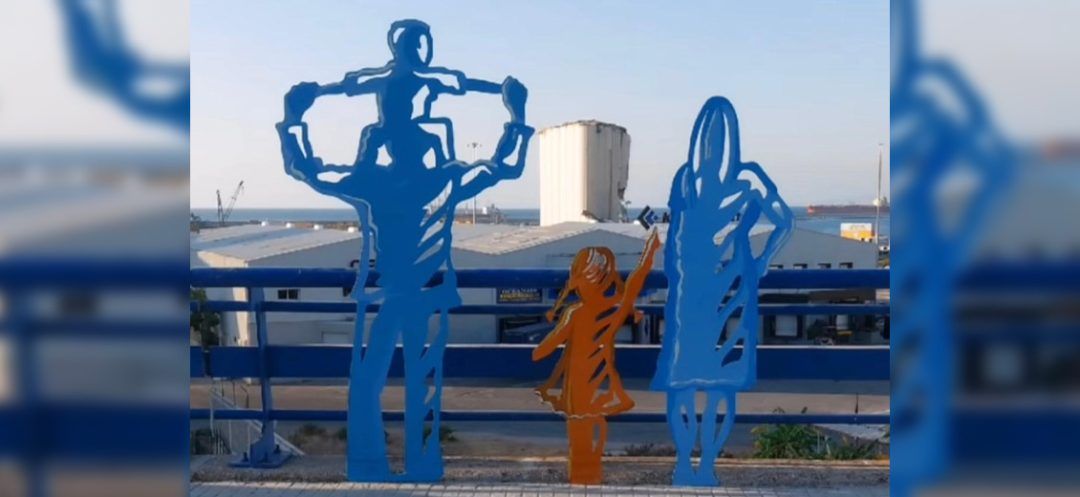
Four years after the tragedy of the Beirut port explosion, artist Pierre Abboud calls out to the capital with Natrin..., a striking installation of 44 life-sized colored metal silhouettes, embodying the relentless cry of the victims’ families who, despite the passage of time, have never stopped demanding truth and justice.

On August 4, 2020, the devastating explosion at the Beirut port plunged Lebanon into horror and grief. 240 lives were lost, thousands were injured, and a city was forever scarred. Four years later, as the wounds struggle to heal, Lebanese artist Pierre Abboud offers his city a work of rare emotional power: Natrin… (“Waiting…”). Forty-four metal silhouettes stand at the northern entrance of Beirut, turning their backs on motorists. Forty-four silent ghosts that scream the unbearable absence of the missing and the endless wait of their relatives for truth and justice.
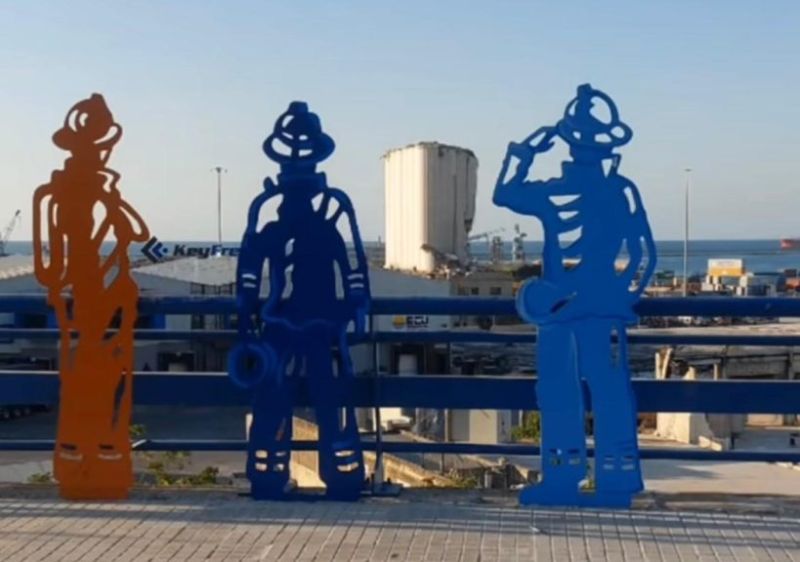
For four years, Lebanon remains suspended on this haunting question: What happened on August 4, 2020? The investigation, mired in the complexities of a political system plagued by corruption, seems doomed to a dead end. The victims’ families refuse to forget and forgive. With a dignity that commands respect, they wait for light to be shed on this tragedy and for those responsible to finally be held accountable.

It is this heartbreaking wait that Pierre Abboud sought to embody through these 44 ghostly silhouettes. Arranged in tight rows, frozen in a disturbing stillness, they evoke with rare force the absence that continues to haunt the living. The title of the work, Natrin… (“Waiting…”), resonates as a cry against the injustice of an endless wait. Here, the wait has a face — the faces of the 240 missing and their relatives who hope, against all odds, that justice will be served.
By choosing to install his work at the entrance of Beirut, the artist forces passersby to confront this reality that one might sometimes wish to forget. It is impossible to look away from these silhouettes that seem to stare at us with their empty eyes. Everyone is compelled to feel, if only for a moment, the weight of this tragedy that has shattered so many lives. And the pain is palpable. Tears have been shed before these ghosts, proving that four years later, the wound is still raw.
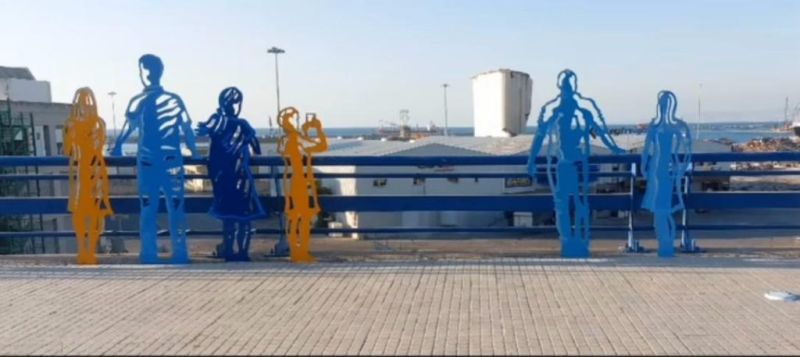
Pierre Abboud, a leading figure in engaged art in Lebanon, is no stranger to making impactful statements. His statue, The Revolutionary Woman, left a mark during the popular uprisings of 2019. With Natrin…, he continues his fight to keep the memory of the victims alive and support the families’ call for justice. His installation is also a constant reminder of this tragedy, which, amidst Lebanon’s accumulating crises, threatens to be forgotten.
This poignant work is part of a wave of artistic initiatives that, since the explosion, have attempted to heal Beirut’s wounds through creation. Paintings, sculptures, performances… Art becomes a vehicle for an impossible mourning, a silent rage, and an unwavering quest for meaning amid chaos.
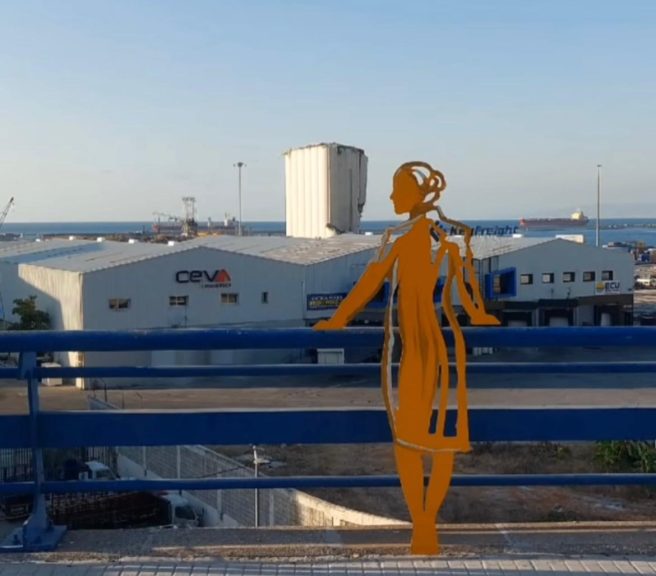
Art has this unique power to transcend words and touch hearts directly. In the face of institutional impotence, it becomes a vital means of expression, an outlet for a society suffocated by grief and frustration. Pierre Abboud’s 44 white silhouettes offer a space to mourn the missing, to scream out the injustice, to come together in adversity.

But beyond commemoration, Natrin… questions a nation’s ability to rise after such a catastrophe. How to rebuild when trust is broken and the truth remains buried under the rubble? Pierre Abboud’s work reminds us that healing begins with acknowledging the suffering and ending impunity. As long as justice is not served, Lebanon will remain trapped in this waiting that continues to gnaw at souls.

Forty-four silhouettes now watch over Beirut, silent sentinels of a memory that refuses to die. They carry within them the pain of a people, the resilience of a city, and the fragile hope of a nation aspiring for the truth. May they one day find peace when the wait is over and justice is finally rendered. Until then, they continue to haunt us, a reflection of a wound that only the truth — a pious wish in a country where impunity reigns — can begin to heal.
Read more



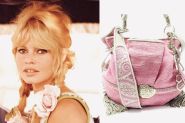

Comments